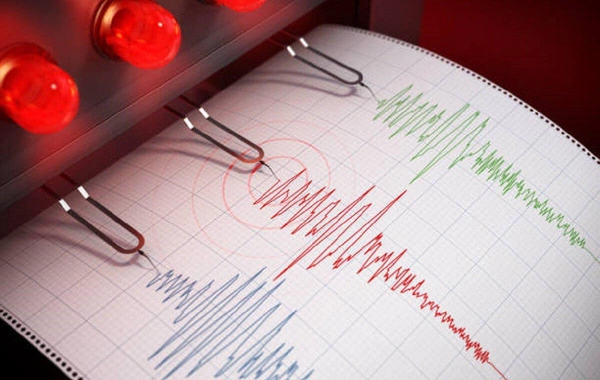The Age at Which Biological Aging Begins Has Been Named

Until puberty, the human body actively maintains the function of ribosomal DNA - a region of the genome necessary for cell survival. However, in maturity its efficiency decreases, which triggers molecular mechanisms of aging. Researchers from Germany came to this conclusion. The research results were published in Aging-US.
Scientists analyzed blood samples from 280 people aged from birth to 18 years. They assessed two indicators: the number of rDNA copies and their level of methylation - a chemical mark that "switches off" gene activity. It was found that in children and adolescents, the number of active (unmethylated) copies does not decrease, but on the contrary - slightly increases. This means that cells at a young age maintain rDNA function in a "young" state.
In adults, the opposite process is observed: with age, active copies become fewer, and the level of methylation - higher. According to scientists, such changes serve as a reliable biomarker of cellular aging.
"Our data show that in the tissues of young people, the state of active rDNA is maintained at the molecular level. This may be part of a natural mechanism for preserving cellular youth," note the authors of the work.
The study also showed that changes in rDNA are not associated with developmental delays in children, and therefore are not the cause of early pathologies.
The results confirm the idea that biological aging is not a continuous process, but a mechanism that switches on after the organism becomes ready for reproduction. Researchers note: the discovery could change the approach to fighting aging. Instead of treating its consequences, scientists propose to focus on strengthening the mechanisms that in youth protect cells from age-related changes.
Similar News
Foods named that cause stones to appear in the kidneys
About 60-80% of kidney stones consist of calcium oxalates - strong, insoluble and difficult-to-crush compounds. This was reported by BAKU.WS with reference to "...




 Azərbaycanca
Azərbaycanca  По-русски
По-русски  English
English 





